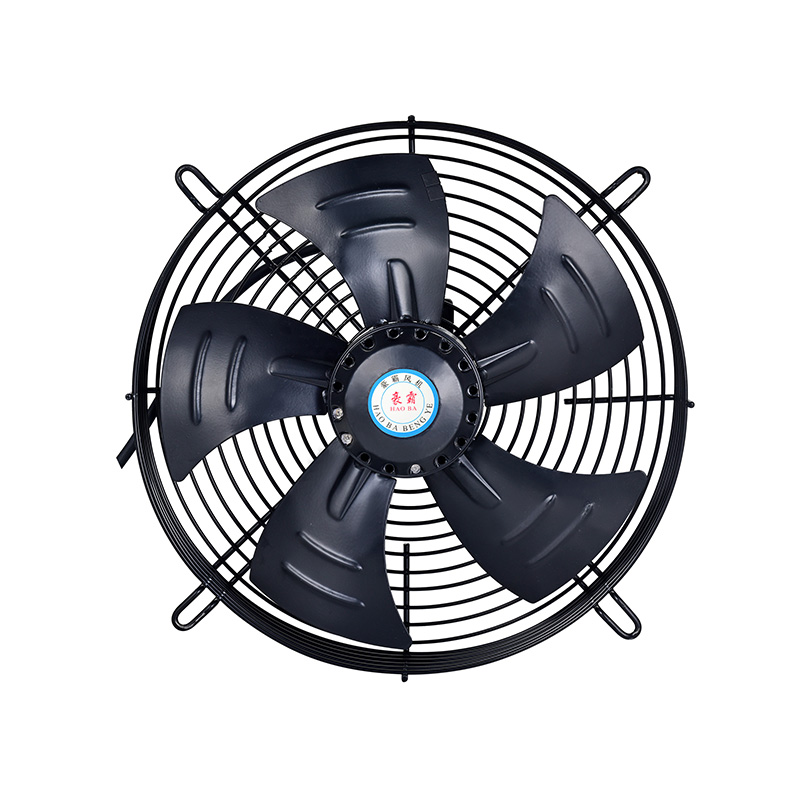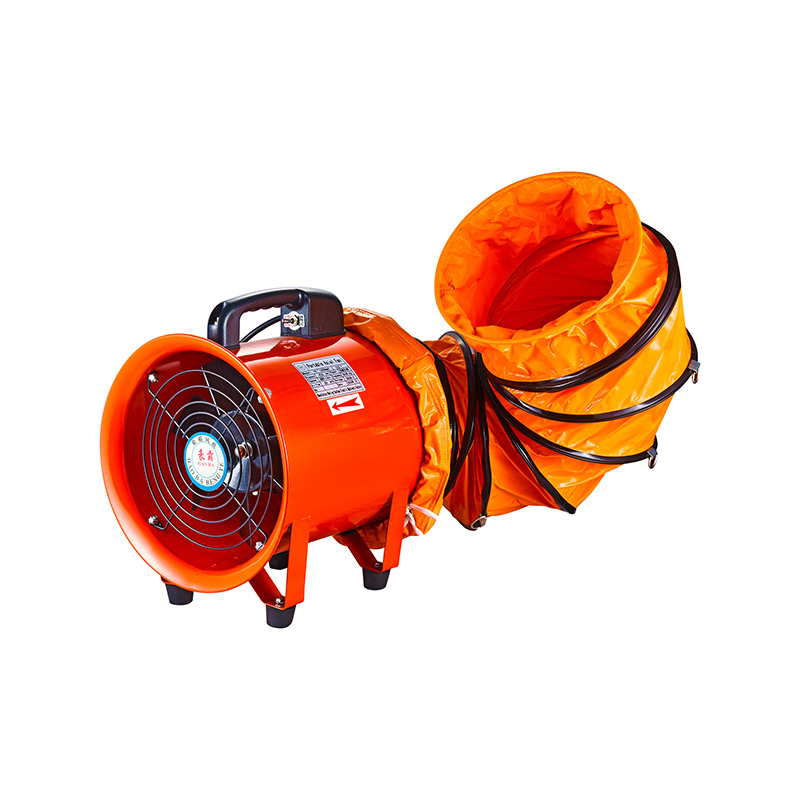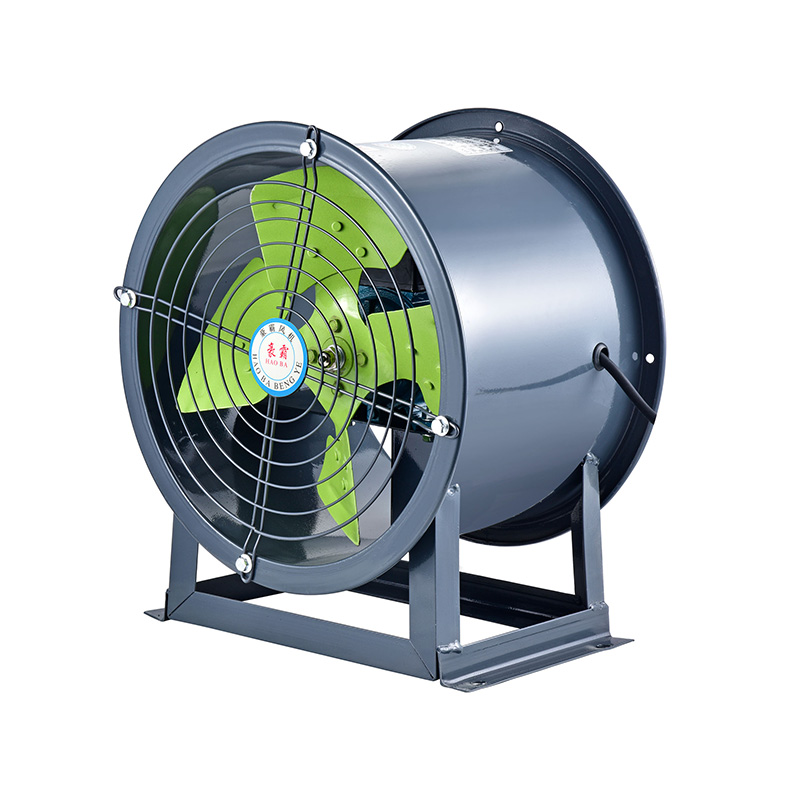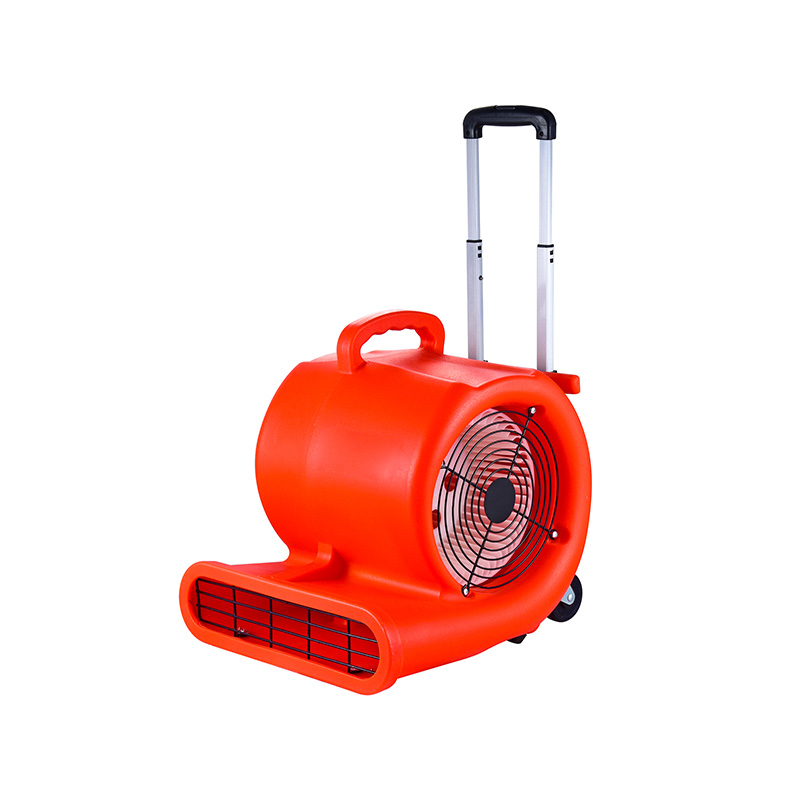Guide To Selecting Fans For High-Temperature Environments
2025-07-08
Selecting the right fan for high-temperature environments is a critical task for many industrial applications. Whether it’s managing heat in a manufacturing plant, ventilation in a furnace room, or cooling electronic equipment, the performance and durability of fans under bad conditions are key factors to consider. In this article, we will explore essential points for choosing fans that can handle high temperatures effectively, with a particular focus on small industrial fan models, small centrifugal fans, and industrial axial fans commonly used in such settings.

When dealing with high-temperature environments, one of the main concerns is the material and construction of the fan. Standard fans designed for regular conditions often fail prematurely if exposed to excessive heat. This is why selecting a small industrial fan or a small centrifugal fan specifically designed for heat resistance can make a significant difference in both safety and efficiency. Fans built with heat-resistant alloys or special coatings can withstand elevated temperatures without warping or degrading.
Industrial axial fans also play a major role in high-temperature ventilation because of their ability to move large volumes of air efficiently. However, not all industrial axial fans are suitable for high heat applications. It is important to check if the fan motor and bearings can handle higher thermal loads. For example, some industrial axial fans come equipped with insulation classes and cooling systems that allow continuous operation even when the ambient temperature is high.
Another important factor when selecting a small industrial fan or a small centrifugal fan is the airflow and pressure requirements of your specific application. High-temperature environments often require fans that can maintain steady airflow despite changes in air density caused by heat. Small centrifugal fans are particularly well-suited for situations that demand higher static pressure, such as pushing air through ducts or filters in heated spaces. Their design enables them to maintain performance even when airflow resistance increases.
In contrast, industrial axial fans generally offer higher airflow rates at lower pressure, making them suitable for general ventilation and cooling tasks in hot environments. For example, if you need to cool a workspace or exhaust hot air from a process area, industrial axial fans can be a practical choice. However, it is crucial to ensure these fans are rated for the temperature ranges they will encounter.
When choosing fans for high-temperature settings, consider the motor type as well. Many small industrial fans and small centrifugal fans use motors with enhanced insulation and cooling features to withstand heat stress. Some industrial axial fans utilize external rotor motors designed to dissipate heat efficiently. Motors with these features tend to have longer service lives and lower risks of failure in hot environments.
Additionally, the method of fan installation can affect performance in high-temperature environments. Proper spacing and ventilation around the fan are necessary to prevent overheating of components. Even a small industrial fan can suffer damage if it is installed too close to heat sources without adequate airflow. It is advisable to consult fan specifications carefully and consider accessories such as heat shields or temperature sensors to monitor operating conditions.
Maintenance is also a critical part of managing fans in hot environments. Small centrifugal fans and industrial axial fans require regular inspection of bearings, lubrication points, and electrical connections to avoid breakdowns caused by heat-related wear. Establishing a routine maintenance schedule helps extend fan lifespan and keeps systems running smoothly.
In terms of energy consumption, selecting an energy-efficient small industrial fan or small centrifugal fan for high-temperature environments can reduce operational costs. Fans that maintain performance under heat stress without requiring excessive power are ideal for long-term use. Many manufacturers offer models with variable speed controls or adjustable blades that allow operators to fine-tune airflow as needed, improving both efficiency and comfort.
Finally, consider the safety standards and certifications applicable to fans used in high-temperature conditions. Industrial axial fans and small centrifugal fans used in hazardous environments may require compliance with fire resistance or explosion-proof standards. Selecting fans that meet these criteria helps ensure workplace safety and regulatory compliance.
In summary, choosing the right fan for high-temperature environments involves multiple factors, including material durability, motor design, airflow needs, installation methods, maintenance practices, and energy efficiency. Small industrial fans and small centrifugal fans offer versatile options for handling heat-intensive tasks, while industrial axial fans provide effective ventilation solutions. By carefully evaluating these aspects, you can find a fan that operates reliably and safely under demanding thermal conditions.

 English
English русский
русский عربى
عربى









